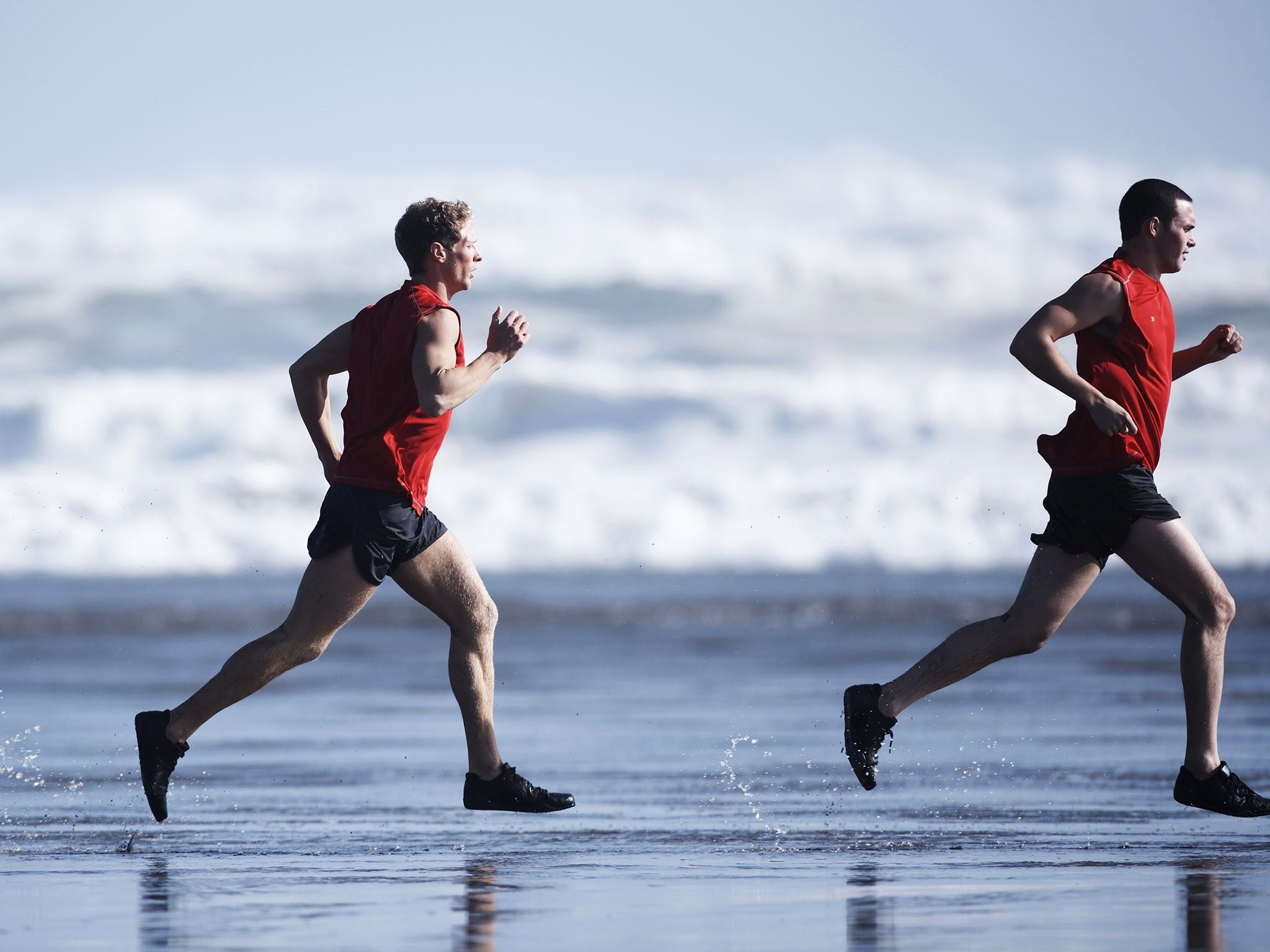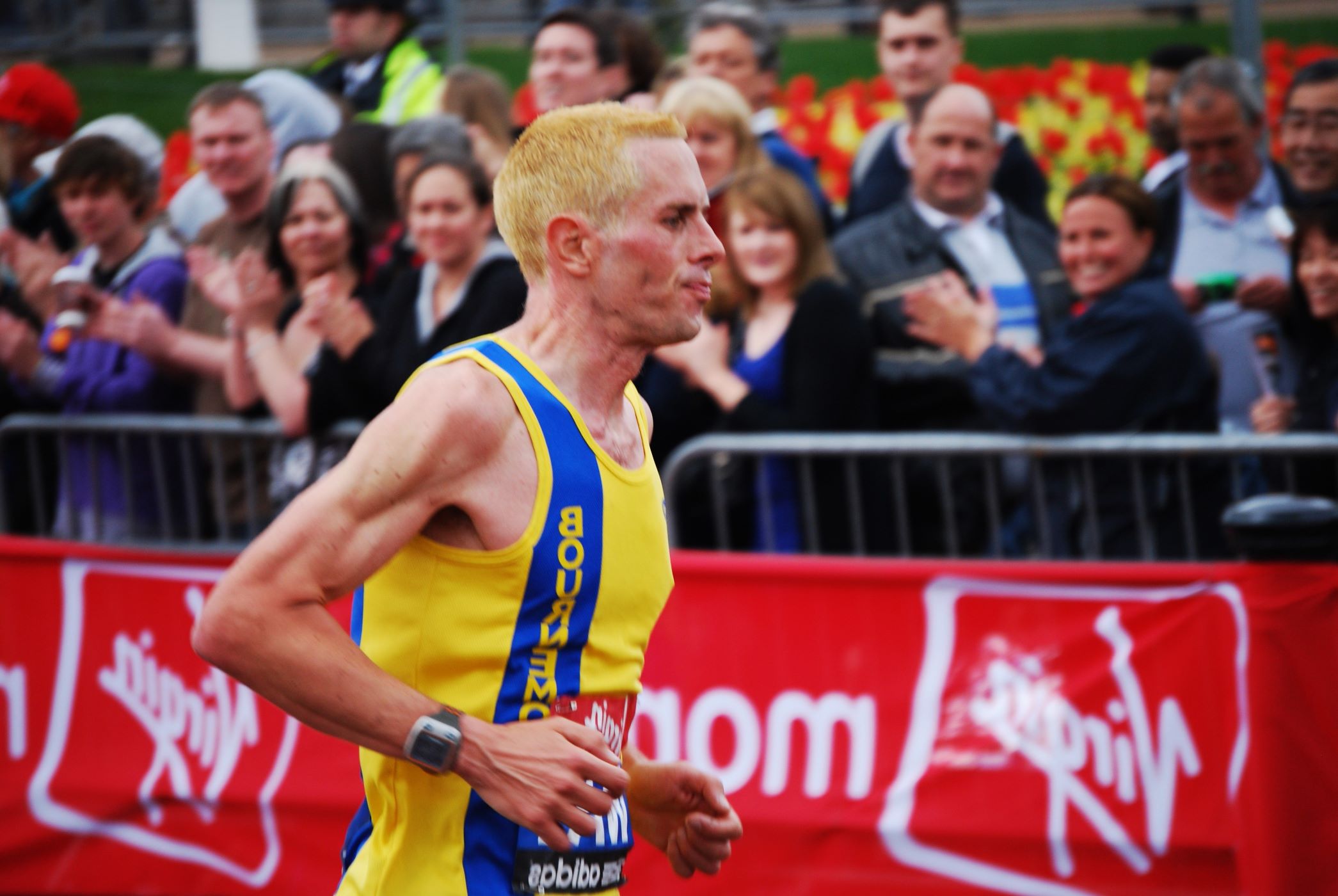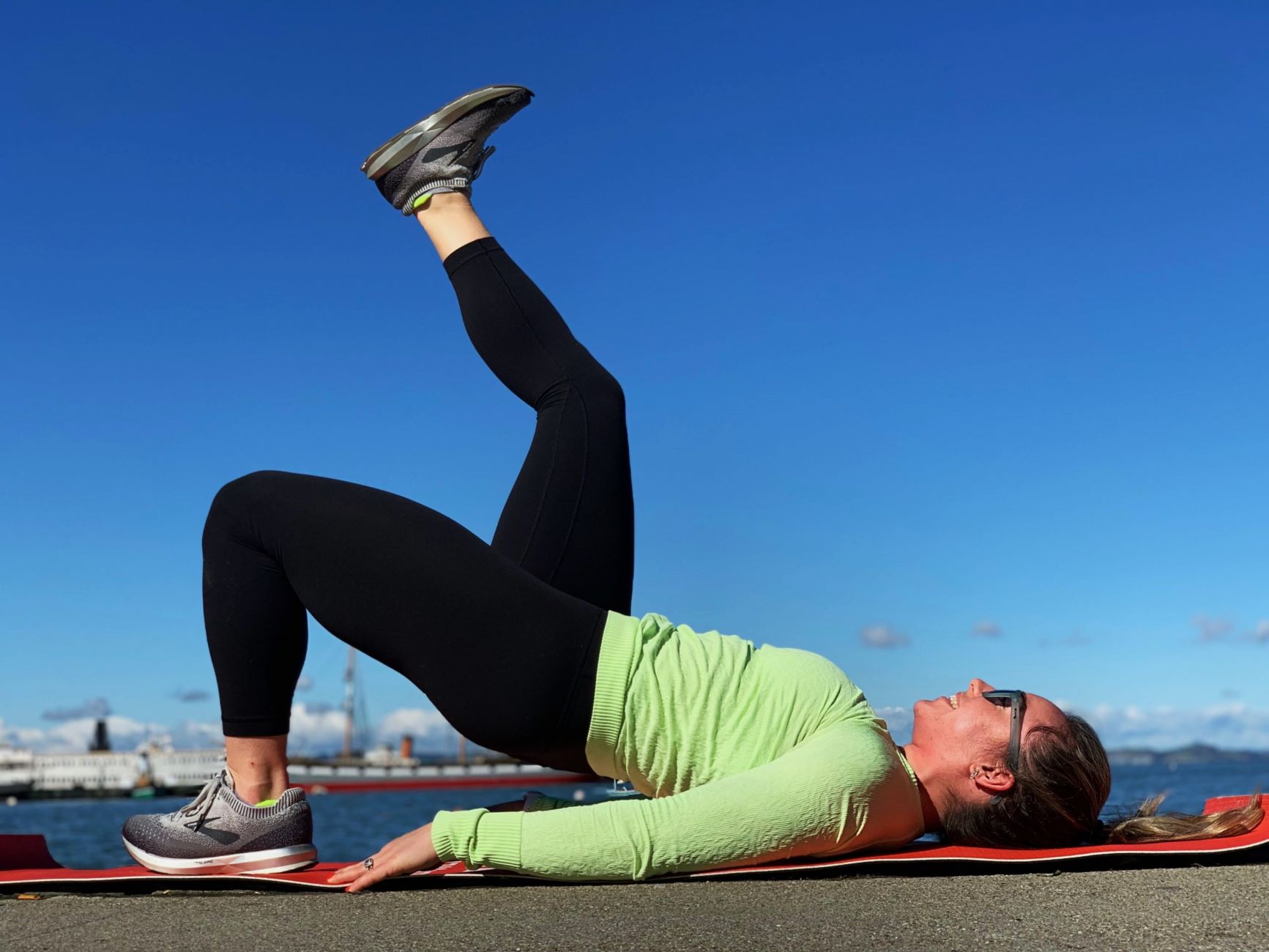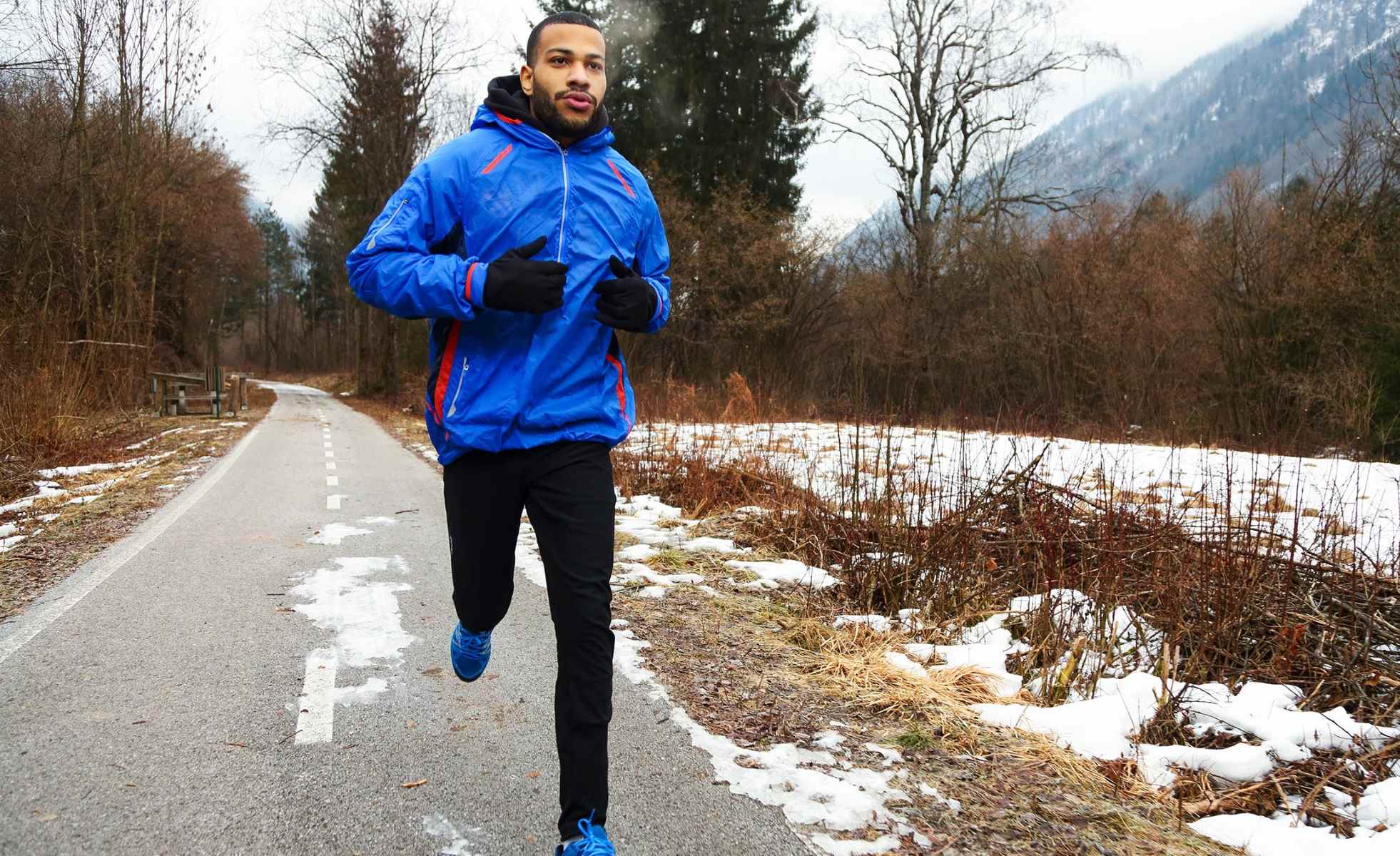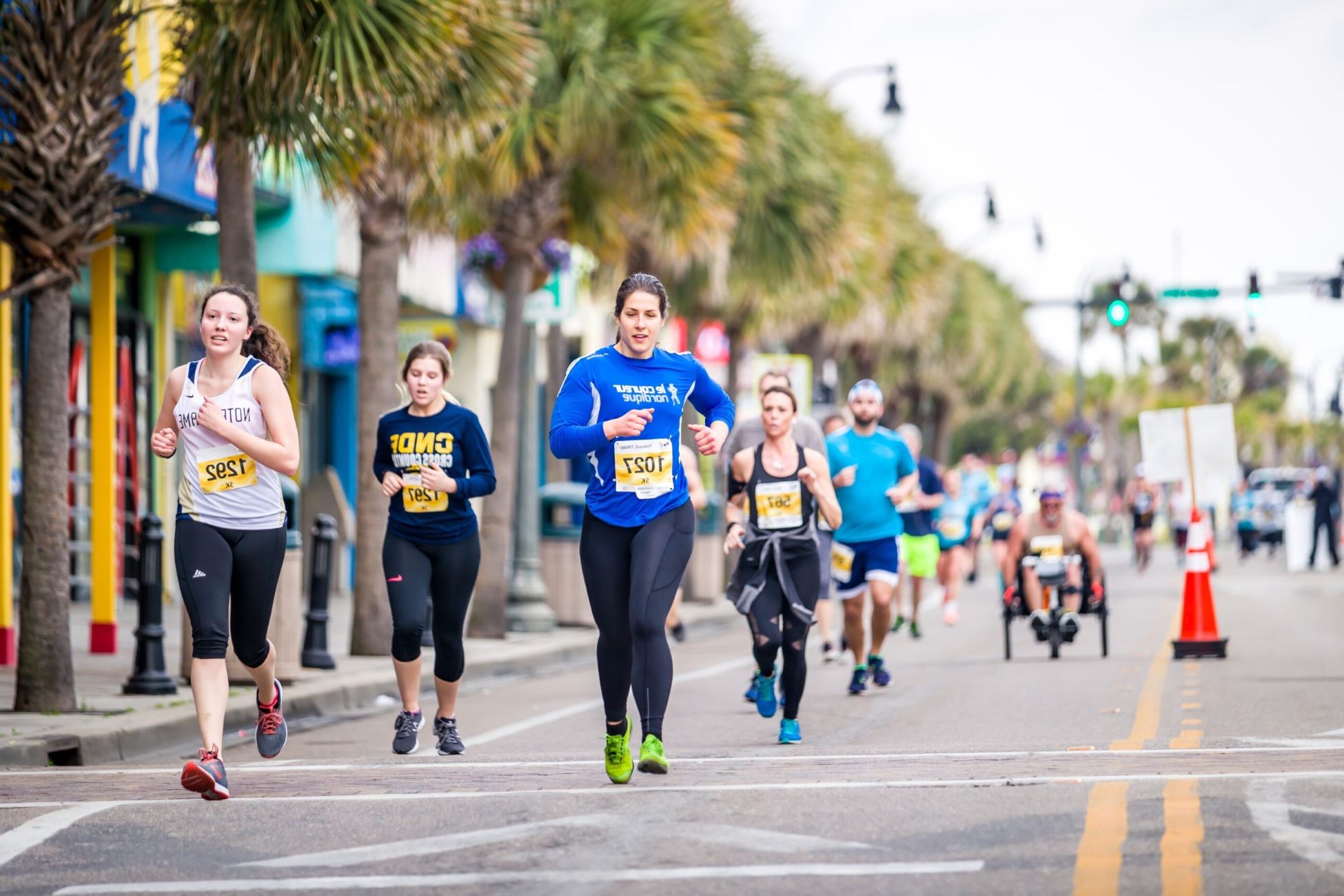Home>Training & Techniques>The Significance Of Arm Swing In Running And Ways To Enhance It


Training & Techniques
The Significance Of Arm Swing In Running And Ways To Enhance It
Published: March 2, 2024
Learn the importance of arm swing in running and discover effective training & techniques to improve it. Enhance your running performance with expert tips.
(Many of the links in this article redirect to a specific reviewed product. Your purchase of these products through affiliate links helps to generate commission for Therunningadvisor.com, at no extra cost. Learn more)
Table of Contents
Understanding the Role of Arm Swing in Running
Arm swing is a fundamental component of running that significantly impacts overall performance and efficiency. While many runners primarily focus on their lower body mechanics, such as stride length and foot strike, the role of arm swing should not be underestimated. Understanding the intricate relationship between arm movement and running can lead to substantial improvements in speed, endurance, and overall running form.
The arms play a crucial role in balancing the body and generating momentum during running. As the legs propel the body forward, the arms act as counterbalances, helping to stabilize the torso and maintain equilibrium. Proper arm swing technique can also contribute to the generation of forward propulsion, effectively complementing the force exerted by the lower body. This coordinated effort between the arms and legs optimizes the body's kinetic chain, resulting in a more efficient and powerful running stride.
Furthermore, the arms serve as a means of conserving energy and reducing unnecessary muscular tension. When executed correctly, the swinging motion of the arms can facilitate a smoother and more fluid running gait, minimizing the strain on the lower body muscles. By distributing the workload across the upper and lower extremities, runners can sustain their pace for longer durations while experiencing reduced fatigue and muscle fatigue.
In addition to its mechanical function, arm swing also plays a pivotal role in enhancing overall running rhythm and coordination. The synchronized movement of the arms with the legs fosters a harmonious cadence, promoting a balanced and symmetrical running pattern. This coordination not only improves running efficiency but also reduces the risk of injury by promoting proper alignment and minimizing excessive rotational forces on the body.
Understanding the multifaceted role of arm swing in running underscores its significance as a key determinant of performance and injury prevention. By recognizing the interconnectedness of arm movement with overall running mechanics, runners can harness the potential of optimized arm swing to elevate their running capabilities and achieve greater success on the track, trail, or road.
Read more: The Significance Of Carbohydrates In Running
The Relationship Between Arm Swing and Running Efficiency
The relationship between arm swing and running efficiency is a critical aspect that significantly influences a runner's overall performance. The coordinated movement of the arms during running plays a pivotal role in optimizing energy expenditure, enhancing propulsion, and maintaining proper running form.
Efficient arm swing mechanics are intricately linked to the generation of forward momentum and the conservation of energy. When the arms swing in sync with the legs, they contribute to the propulsion of the body, effectively amplifying the force exerted by the lower extremities. This coordinated effort results in a more powerful and efficient running stride, allowing runners to cover greater distances with reduced effort.
Moreover, proper arm swing technique facilitates the transfer of momentum throughout the body, promoting a fluid and rhythmic running gait. The reciprocal motion of the arms counterbalances the rotational forces generated by the legs, thereby minimizing excessive torso rotation and promoting a more streamlined running posture. This harmonious coordination between the arms and legs not only enhances running efficiency but also reduces the risk of biomechanical imbalances and overuse injuries.
In addition to its role in propulsion and momentum transfer, arm swing significantly contributes to the conservation of energy and the reduction of muscular fatigue. When executed with optimal form, the swinging motion of the arms assists in stabilizing the upper body, thereby minimizing unnecessary muscular tension and promoting a more relaxed running posture. By distributing the workload across the upper and lower body, efficient arm swing mechanics enable runners to sustain their pace for longer durations while experiencing decreased muscle fatigue and overall exertion.
Furthermore, the synchronization of arm swing with running cadence enhances overall running economy by promoting a balanced and symmetrical movement pattern. The rhythmic coordination of arm movement with leg turnover fosters a cohesive running stride, optimizing the utilization of energy and minimizing wasteful movements. This synchronized interplay between the arms and legs not only enhances running efficiency but also contributes to a more fluid and graceful running style.
In essence, the relationship between arm swing and running efficiency is a dynamic interplay that underscores the integral role of proper arm mechanics in optimizing performance and minimizing energy wastage. By recognizing the profound impact of coordinated arm swing on running economy, runners can leverage this understanding to refine their technique, enhance their efficiency, and elevate their overall running prowess.
Common Mistakes in Arm Swing and How to Correct Them
-
Crossing the Midline: One common mistake in arm swing is when runners allow their arms to cross the midline of their body. This lateral movement can disrupt the natural rhythm of the running stride and lead to inefficient energy expenditure. To correct this, runners should focus on maintaining a forward-backward swinging motion, ensuring that their arms do not cross over the centerline of their body. Practicing arm drills that emphasize a straight and controlled swing can help reinforce proper arm positioning during running.
-
Excessive Tension: Another prevalent error is the manifestation of excessive tension in the arms and shoulders during running. This can impede the fluidity of arm swing and contribute to unnecessary fatigue. To address this, runners should consciously relax their arms and shoulders while running, allowing for a more natural and effortless swinging motion. Engaging in regular stretching and mobility exercises can also help alleviate muscular tension and promote a relaxed arm swing.
-
Inadequate Range of Motion: Some runners exhibit limited range of motion in their arm swing, resulting in diminished propulsion and compromised running efficiency. To rectify this, runners can incorporate dynamic arm exercises and mobility drills to enhance the flexibility and range of motion in their shoulders and arms. By improving the extensibility of the upper body musculature, runners can optimize their arm swing amplitude and contribute to a more powerful and coordinated running stride.
-
Overstriding with Arms: Overstriding occurs when runners reach too far forward with their arms during the swing phase, leading to excessive braking forces and diminished forward propulsion. To mitigate this, runners should focus on maintaining a compact and controlled arm swing, ensuring that their hands do not extend too far in front of their body. By practicing shorter and more efficient arm movements, runners can minimize overstriding and promote a more fluid and propulsive running gait.
-
Lack of Coordination: Poor coordination between the arms and legs can undermine running efficiency and overall performance. To address this, runners can incorporate cross-lateral exercises and drills that emphasize the synchronization of arm and leg movements. By fostering a harmonious interplay between the upper and lower body, runners can enhance their overall coordination and promote a more balanced and efficient running stride.
By recognizing and addressing these common mistakes in arm swing, runners can refine their technique, optimize their running mechanics, and unlock their full potential as efficient and powerful athletes.
Exercises to Improve Arm Swing Coordination and Power
Enhancing arm swing coordination and power is essential for optimizing running performance and overall efficiency. By incorporating specific exercises and drills that target the upper body musculature and emphasize proper arm mechanics, runners can elevate their arm swing proficiency and unlock greater running potential.
1. Arm Circles and Swings
Performing arm circles and swings as part of a dynamic warm-up routine can effectively enhance arm swing coordination and range of motion. Begin by standing with feet shoulder-width apart and gently rotating the arms in circular motions, gradually increasing the diameter of the circles. This exercise promotes flexibility in the shoulder joints and encourages a fluid and expansive arm swing during running.
2. Resistance Band Exercises
Utilizing resistance bands to simulate arm swing movements can strengthen the muscles involved in the swinging motion. Secure a resistance band to a stationary object and hold the other end in each hand. Perform resisted arm swings, focusing on driving the arms backward and then forward against the resistance. This exercise helps build power and endurance in the arm muscles, contributing to a more forceful and coordinated arm swing during running.
3. Med Ball Throws
Incorporating medicine ball throws into training sessions can enhance arm swing power and coordination. Stand with feet hip-width apart and hold a medicine ball with both hands. Perform overhead throws, chest passes, or rotational throws, emphasizing explosive arm movements. This exercise not only strengthens the upper body but also reinforces the coordination and synchronization of arm swing dynamics, translating to improved running efficiency.
4. High Plank Arm Reaches
Engaging in high plank arm reaches can promote core stability and arm coordination, essential for maintaining proper arm swing mechanics during running. Assume a high plank position and alternately reach one arm forward, focusing on maintaining a stable torso and minimizing rotational movement. This exercise enhances the integration of core engagement with arm movement, fostering a more controlled and balanced arm swing.
5. Focused Arm Swing Drills
Incorporate specific arm swing drills into training sessions to refine arm coordination and technique. Emphasize exercises such as exaggerated arm swings, single-arm swings, and rapid arm turnover drills. By isolating and intensifying arm movements, runners can develop heightened awareness of arm swing mechanics and cultivate a more efficient and powerful arm swing pattern.
By integrating these targeted exercises into their training regimen, runners can systematically enhance their arm swing coordination and power, ultimately translating to improved running efficiency and performance. Consistent practice and mindful attention to arm mechanics can lead to significant advancements in overall running capabilities, underscoring the pivotal role of optimized arm swing in achieving running excellence.
Read more: The Significance Of Vitamin D For Runners
Integrating Proper Arm Swing Technique into Your Running Routine
Incorporating proper arm swing technique into your running routine is a transformative endeavor that can elevate your performance and running efficiency. By conscientiously integrating the principles of optimal arm swing mechanics into your training regimen, you can harness the full potential of coordinated arm movement to enhance your overall running prowess.
To begin, it is essential to cultivate mindfulness and awareness of your arm swing dynamics during running. Focus on maintaining a relaxed yet purposeful arm swing, ensuring that your arms move in a forward-backward motion without crossing the midline of your body. By honing in on the fluidity and symmetry of your arm movements, you can lay the foundation for a more efficient and coordinated running stride.
Moreover, integrating proper arm swing technique involves a deliberate emphasis on arm positioning and engagement. Pay attention to the positioning of your elbows at approximately 90 degrees, allowing for optimal leverage and propulsion. Engage the muscles of your upper arms and shoulders to drive the swinging motion, capitalizing on the kinetic energy generated by the reciprocal movement of your arms.
Furthermore, integrating proper arm swing technique into your running routine necessitates a holistic approach that encompasses both training and mindful execution. Incorporate arm-specific drills and exercises into your warm-up and cooldown routines to reinforce proper arm mechanics and enhance arm coordination. By dedicating focused attention to arm swing dynamics, you can refine your technique and cultivate a more powerful and synchronized arm movement pattern.
Additionally, consider the integration of visual and kinesthetic cues to reinforce proper arm swing technique during running. Visualize a smooth and controlled arm swing motion, envisioning the harmonious interplay between your arms and legs. Utilize kinesthetic feedback to gauge the fluidity and balance of your arm movements, making real-time adjustments to optimize your arm swing mechanics.
Ultimately, integrating proper arm swing technique into your running routine is an ongoing and iterative process that demands patience, consistency, and mindful practice. By infusing your training sessions with a deliberate focus on arm swing dynamics and coordination, you can gradually internalize and embody the principles of optimized arm mechanics, leading to enhanced running efficiency and performance.
In summary, the integration of proper arm swing technique into your running routine is a transformative journey that empowers you to unlock the full potential of your running capabilities. By embracing the principles of coordinated arm movement and conscientiously refining your arm swing mechanics, you can propel yourself towards greater running excellence and achieve newfound levels of efficiency and proficiency.

